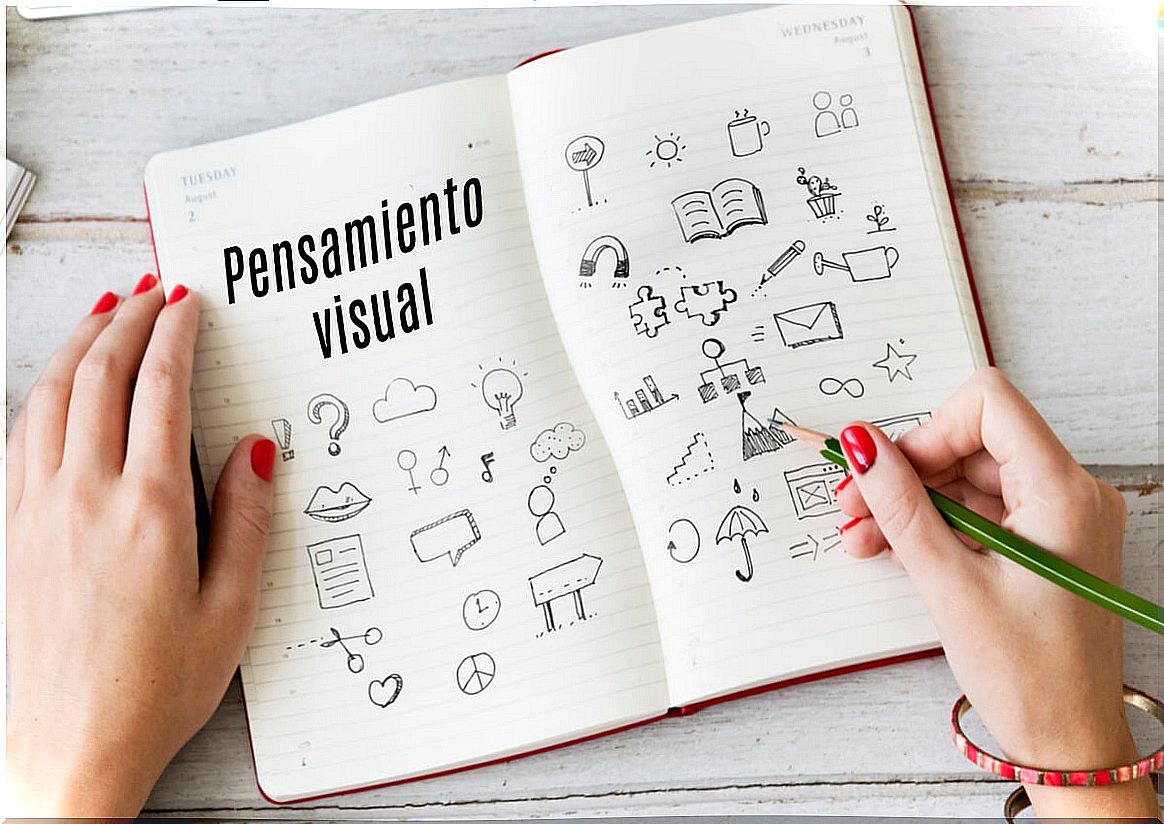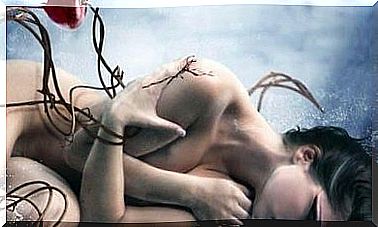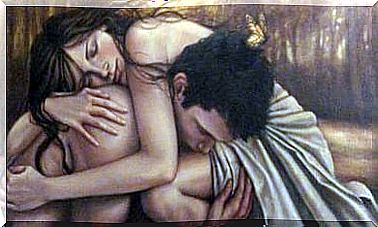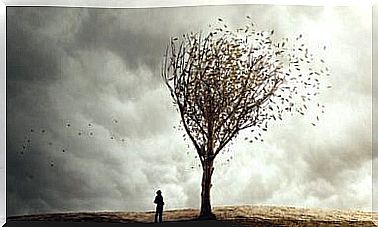Visual Thinking: What Is It And How Can It Help?

Visual thinking is a tool to expose, present, transmit or communicate ideas through simple and easily recognizable drawings. It is also known as visual thinking and its objective is either to better understand an issue or to clarify it for others.
It is estimated that around 90% of the information that reaches the brain is visual. In turn, humans process images up to 60,000 times faster than texts of another nature. Only these two pieces of information give us an idea of the importance of visual thinking.
The concept of visual thinking was coined by Rudolf Arnheim, in 1969. It was later developed by Dan Roam in his book Your World on a Napkin, The Visual Thinking Process . There he delves into the processes that shape this concept and details how it works.

Visual thinking: a fabulous tool
Visual thinking allows us to process ideas in a faster and more intuitive way. Through a drawing, even a scribble, ideas that are not obvious at first glance are discovered, generated, developed, manipulated and related.
This link between image and ideas is innate in the human being. In fact, children learn and express the world visually, rather than verbally. Likewise, cave paintings appeared at the dawn of humanity, before communication through the abstract signs of language.
It has always been said that language is the envelope of thought, but according to Rudolf Arnheim himself “vision is the primary means of thought . ” All thought is itself a mental image. For Arnheim, visual thinking is metaphorical and unconscious ; it becomes conscious through graphic representation.
The phases of visual thinking
Dan Roam described visual thinking as a process that occurs in four phases : look, see, imagine and show. These stages do not necessarily take place in this order, although they most often do. Let’s see each of the phases:
- Look. It means collecting information and selecting it, while discarding what is not considered relevant.
- See. It consists of grouping the information through the recognition of patterns and the choice of interesting elements. Thus categories or classifications are formed.
- Imagine. It has to do with the interpretation of the elements and the manipulation of them, so that new elements are created and a coherent meaning is built.
- Show. It involves synthesizing and clarifying, putting it in a suitable visual frame and sharing it with others to get feedback.
Through visual thinking , concepts, patterns and ideas are communicated graphically and from a minimalist perspective. That is, using a minimum number of elements to express a maximum quantity and quality of meanings.

Visual thinking applications
Visual thinking is a tool that can be applied to countless circumstances. In principle, it is considered as an emerging pedagogy and, therefore, has a wide application in the field of teaching and learning. It has been proven to not only facilitate understanding, but also retention, creativity, holistic expression, and freedom.
However, since it has to do with thought, the fields of application of this approach are infinite. They serve to clarify personal ideas, make decisions, understand a problem and seek solutions, identify objectives and practically for everything that involves thinking.
Currently there are two techniques that are used very frequently: storytelling and sketchnoting . Both are very functional:
- Storytelling. It basically consists of telling a story through images, based on literary techniques and film script writing. It involves the use of characters, setting, conflict, and message. They identify, awaken emotions, seduce and generate more remembrance.
- Sketchnoting. It is a technique that consists of taking notes in a creative way, combining the use of very short texts with graphics. This methodology helps to synthesize, understand, memorize, create and make content better visible.
Visual thinking also has wide applications in the world of advertising and business. Any message will be much more engaging and penetrating when this approach is used. It is a growing field that seems to reserve a leading place in the future.









